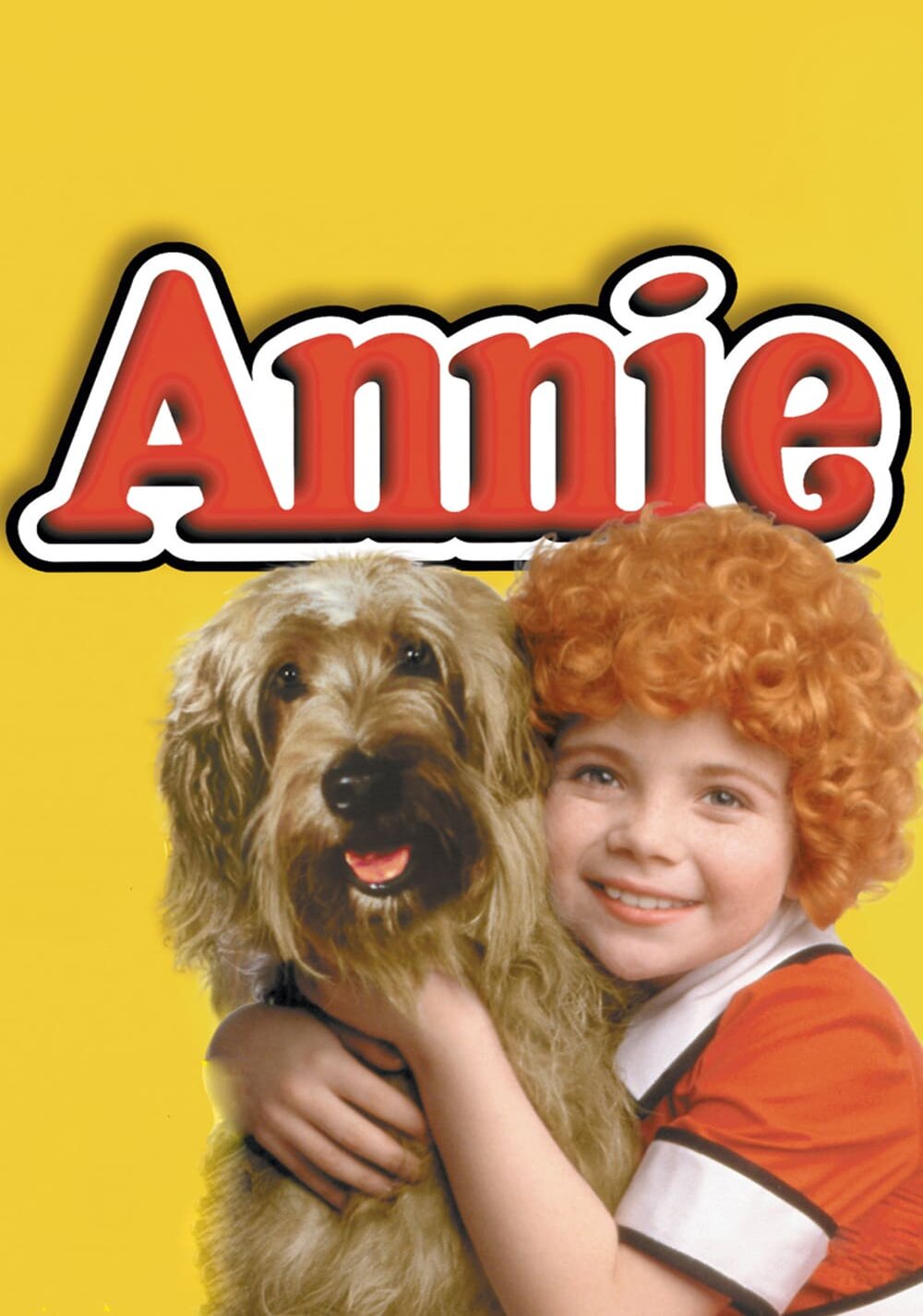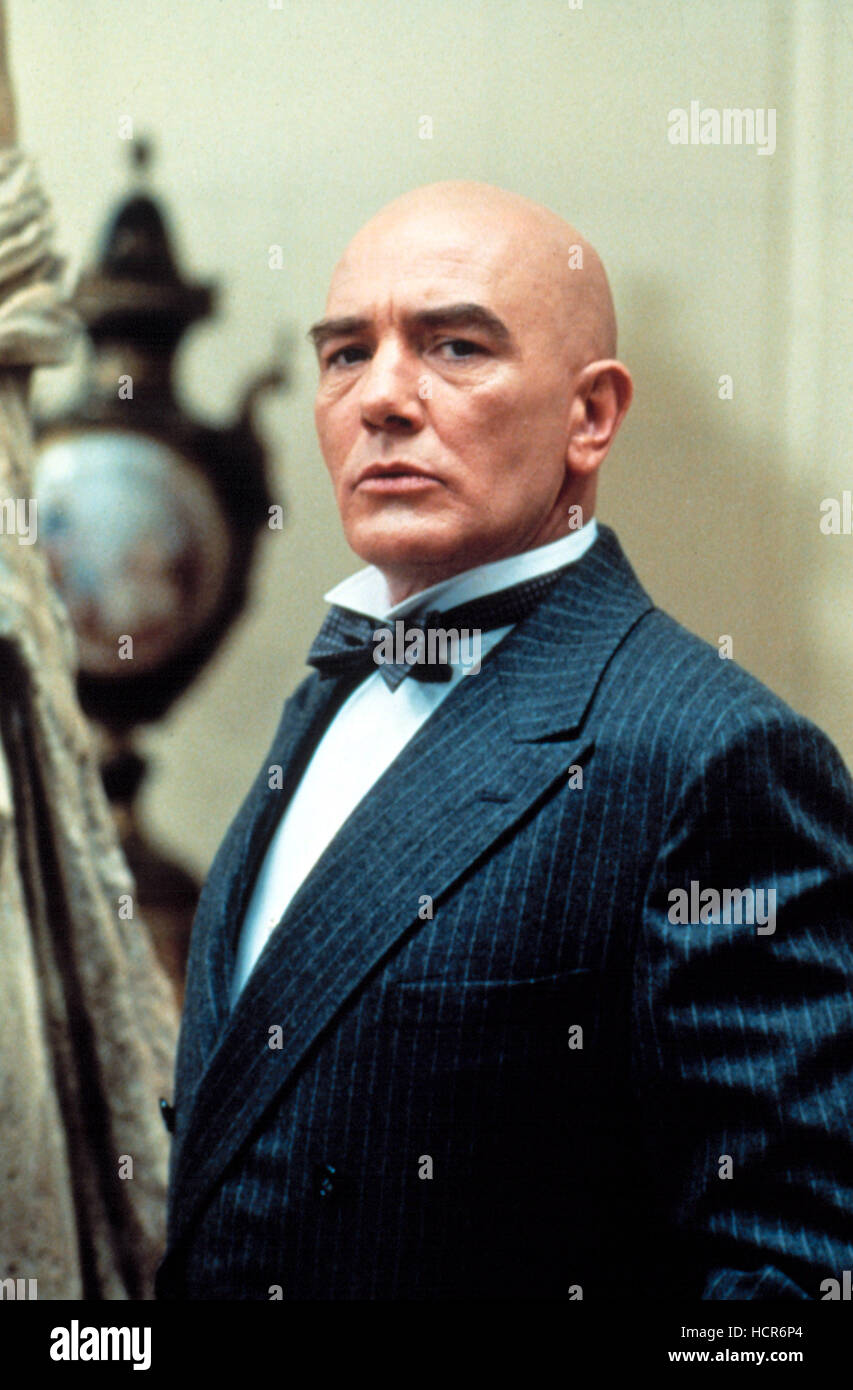Could a film adaptation, born from the vibrant energy of a Broadway musical, truly capture the hearts of audiences and stand the test of time? The 1982 cinematic adaptation of Annie not only achieved this feat but also cemented its place as a beloved classic, weaving its way into the very fabric of popular culture.
Released in 1982, Annie, a musical comedy-drama, sprang from the Broadway musical of the same name, itself inspired by the timeless comic strip Little Orphan Annie. This cinematic rendition, brought to life by a talented cast and crew, aimed to transport the theatrical magic onto the silver screen. The film, directed by John Huston, was a grand spectacle, filled with elaborate musical numbers and a narrative that resonated with audiences of all ages. Annie follows the spirited young orphan as she navigates the harsh realities of the orphanage and, through a twist of fate, finds herself under the care of the wealthy and enigmatic Oliver Daddy Warbucks. The film's narrative deftly combines elements of comedy and drama, weaving a tale of hope, resilience, and the transformative power of family.
Here's a glimpse into the key players who brought Annie to life:
| Role | Actor | Key Characteristics | Notable Performances |
|---|---|---|---|
| Annie | Aileen Quinn | Spirited, optimistic, resilient orphan | This marked Quinn's breakout role, perfectly capturing Annie's charm and unwavering spirit. |
| Oliver Daddy Warbucks | Albert Finney | A wealthy, initially gruff, businessman who develops a paternal affection for Annie. | Finney delivered a nuanced performance, portraying Warbucks' transformation from a hardened businessman to a loving father figure. |
| Miss Hannigan | Carol Burnett | The cruel and embittered woman who runs the orphanage. | Burnett’s comedic timing and over-the-top portrayal of Miss Hannigan remain iconic. |
| Grace Farrell | Ann Reinking | Warbucks’ personal secretary, kind and supportive of Annie. | Reinking brought a sense of grace and warmth to the role, serving as a bridge between Warbucks and Annie. |
| Rooster Hannigan | Tim Curry | Miss Hannigan's conniving brother. | Curry injected a mischievous energy into the role, creating a memorable antagonist. |
| Lily St. Regis | Bernadette Peters | Rooster’s girlfriend and accomplice. | Peters, with her musical background, brought a playful vibrancy to the role. |
For more information on the cast and crew, please visit IMDb.
The film’s ensemble cast was carefully curated, bringing together seasoned actors and rising stars to create a dynamic on-screen presence. Aileen Quinn, who embodied the titular role, brought a natural charm and unwavering optimism that resonated with viewers. Albert Finney, in the role of Daddy Warbucks, offered a complex portrayal of a man transformed by the love he developed for Annie. Carol Burnett, known for her comedic genius, delivered a memorable performance as Miss Hannigan, the quintessential villain, providing a sharp contrast to Annie's inherent goodness. The supporting cast, including Ann Reinking as Grace Farrell, Tim Curry as Rooster Hannigan, and Bernadette Peters as Lily St. Regis, each contributed to the film’s rich tapestry of characters, deepening the narrative's emotional impact.
The film’s narrative arc follows Annie’s journey from the bleakness of the orphanage to the embrace of a new family. Annie’s unwavering hope and resilience become a beacon of light, drawing the attention of the wealthy Oliver Warbucks, who initially seeks to adopt a child for a publicity stunt. However, as he gets to know Annie, his heart softens, and he begins to see the true meaning of family. This core storyline, filled with heartwarming moments and dramatic turns, forms the heart of the film’s enduring appeal. The supporting narrative elements—Miss Hannigan's malicious scheming, Rooster and Lily's attempts to exploit the situation, and the unwavering support of Grace Farrell—add layers of complexity and tension to the central plot, keeping the audience invested in the story.
The production design was a crucial element in bringing the world of Annie to life. The opulent mansion of Daddy Warbucks, contrasting with the starkness of the orphanage, created a visual feast that underscored the film’s themes of wealth versus poverty, hope versus despair. The elaborate costumes, particularly those worn during the musical numbers, added vibrancy and glamour to the scenes, making them visually arresting. The cinematography, carefully executed, focused on capturing both the grandeur of the musical numbers and the intimacy of the character interactions. These visual choices were key to creating a rich and immersive cinematic experience.
The musical numbers were, undeniably, the heart and soul of Annie. The film's soundtrack, including iconic songs like Tomorrow, It's the Hard-Knock Life, and You're Never Fully Dressed Without a Smile, became instantly recognizable and remains beloved by audiences of all ages. The choreography was a vibrant blend of theatrical and cinematic styles, enhancing the narrative and amplifying the emotional impact of each scene. These musical numbers were not merely interludes, but integral components of the storytelling, driving the plot forward and giving voice to the characters’ innermost feelings.
The film was, of course, an adaptation. The source material, the Broadway musical, had already solidified its place as a cultural phenomenon, and the filmmakers were tasked with translating its magic to the silver screen. This involved careful consideration of the stage production's strengths and weaknesses, adapting the narrative and musical numbers to suit the cinematic medium. The adaptation process included streamlining certain plot points, adjusting the staging of musical numbers, and incorporating visual elements that could only be achieved through film. The creative team worked to maintain the essence of the original while enhancing it for a broader audience. This careful balancing act was vital to the film's success.
The success of Annie can be attributed to a confluence of factors: the enduring popularity of the source material, the skillful execution of the film's production elements, and the strength of the cast’s performances. The film resonated with audiences due to its heartwarming story, memorable music, and universal themes of hope, family, and the triumph of the human spirit. It was a commercial success, achieving significant box office numbers and garnering positive reviews from critics. More importantly, it achieved cultural significance, influencing subsequent films and musicals. Annie helped to cement the popularity of the musical genre in cinema.
In assessing Annie, it is important to recognize its place in the history of film adaptations and musical cinema. While the film faced some criticism, primarily regarding its pacing and certain casting choices, its overall impact on the cultural landscape cannot be ignored. It is a testament to the power of storytelling, the importance of a strong ensemble cast, and the enduring appeal of a well-crafted musical. The film has continued to garner new generations of viewers. It is frequently re-watched, introduced to new audiences through television airings and digital platforms, and continues to be a source of joy for many. Its legacy is assured, cementing its place in the hearts of viewers worldwide.
The film continues to be referenced in other works, inspiring parodies, tributes, and homages across different media. The iconic imagery from the film, such as Annie's red dress and the orphanage setting, has become instantly recognizable and widely used in popular culture. The songs from the musical continue to be performed by artists across various genres. The film's influence can be seen in the many subsequent adaptations and revivals of the Annie story, illustrating its lasting impact on the cultural landscape.
The enduring popularity of Annie is a testament to its well-crafted story, captivating characters, and memorable music. The film's ability to resonate with audiences of all ages speaks to its universal themes of hope, resilience, and the transformative power of family. It remains a classic that continues to entertain and inspire new generations.



